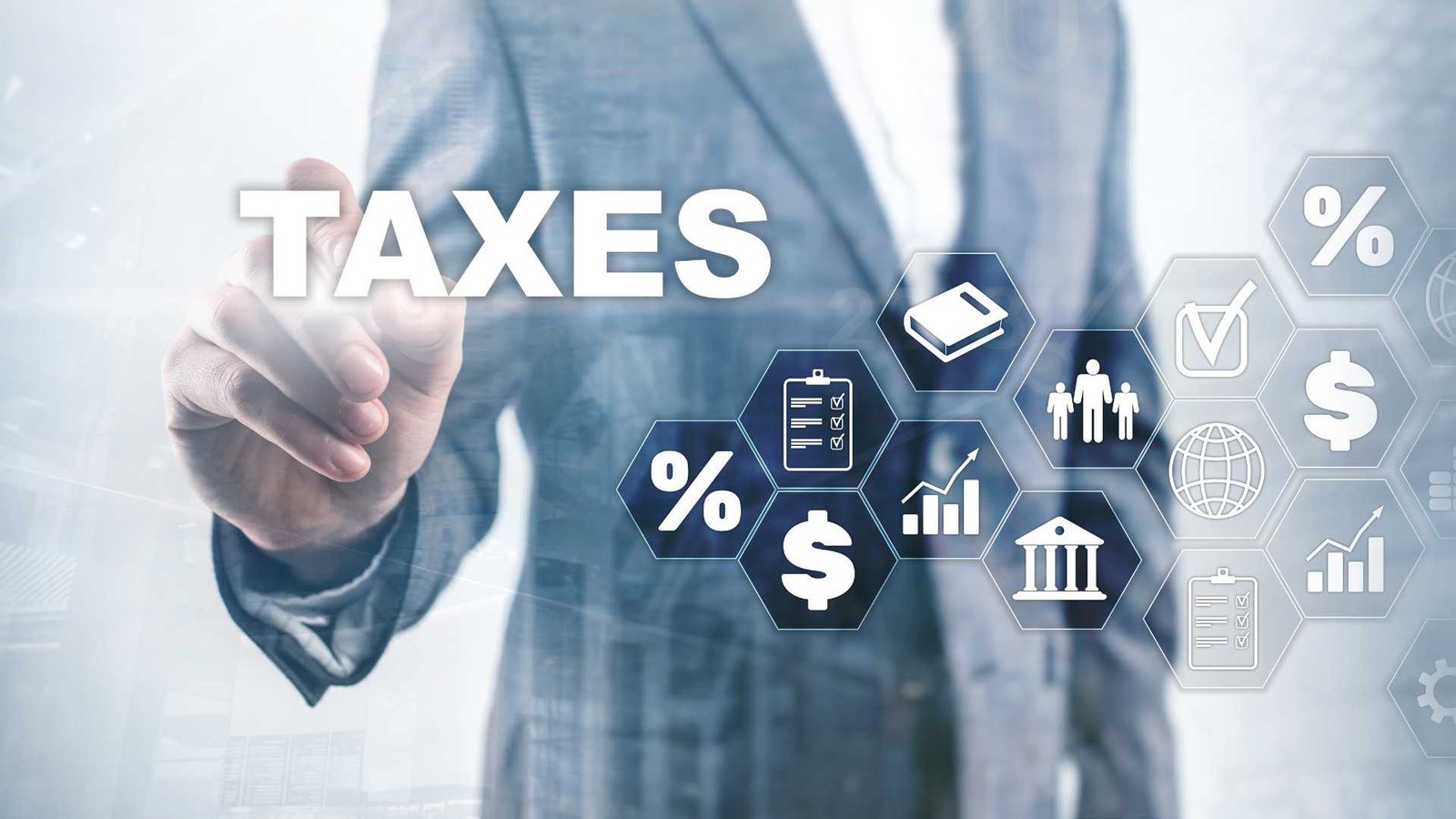Filing income tax returns (ITR) is a crucial responsibility for every taxpayer. The Indian Income Tax Department has prescribed different ITR forms for different categories of taxpayers and income types. Understanding which form to use is essential to ensure compliance and avoid any legal issues. Here’s a detailed guide on the different ITR forms and their specific purposes.
ITR-1 (SAHAJ)
Who Should Use It:
- Individuals with income up to ₹50 lakh.
- Income sources include:
- Salary or pension.
- One house property.
- Other sources (interest, family pension, etc.).
Who Shouldn’t Use It:
- Individuals with income above ₹50 lakh.
- Income from more than one house property.
- Income from business or profession.
- Agricultural income exceeding ₹5,000.
ITR-2
Who Should Use It:
- Individuals and Hindu Undivided Families (HUFs) not having income from business or profession.
- Income sources include:
- Salary or pension.
- Income from more than one house property.
- Capital gains.
- Foreign assets/income.
- Agricultural income exceeding ₹5,000.
Who Shouldn’t Use It:
- Individuals with income from business or profession.
ITR-3
Who Should Use It:
- Individuals and HUFs having income from a proprietary business or profession.
- Income sources include:
- Income from business or profession.
- Salary or pension.
- Income from house property.
- Capital gains.
- Other sources.
Who Shouldn’t Use It:
- Individuals not having income from business or profession.
ITR-4 (SUGAM)
Who Should Use It:
- Individuals, HUFs, and firms (other than LLP) with total income up to ₹50 lakh and having presumptive income from business and profession under sections 44AD, 44ADA, or 44AE.
- Income sources include:
- Presumptive business income.
- Salary or pension.
- One house property.
- Other sources.
Who Shouldn’t Use It:
- Individuals with income above ₹50 lakh.
- Income from more than one house property.
- Capital gains.
- Agricultural income exceeding ₹5,000.
ITR-5
Who Should Use It:
- Firms, LLPs, AOPs, BOIs, and other entities (excluding individual taxpayers, HUFs, and companies).
- Income sources include all types of income.
Who Shouldn’t Use It:
- Individual taxpayers, HUFs, and companies.
ITR-6
Who Should Use It:
- Companies other than those claiming exemption under section 11 (income from property held for charitable or religious purposes).
Who Shouldn’t Use It:
- Companies claiming exemption under section 11.
ITR-7
Who Should Use It:
- Persons including companies required to furnish returns under sections 139(4A), 139(4B), 139(4C), or 139(4D):
- Trusts, political parties, institutions, colleges, etc.
Who Shouldn’t Use It:
- Regular companies (non-exempt).
Conclusion
Choosing the correct ITR form is critical to accurately reporting your income and complying with tax regulations. Misfiling or using the wrong form can lead to penalties and legal complications. It’s always advisable to consult a tax professional or refer to the official guidelines provided by the Income Tax Department to ensure proper filing.
By understanding the different ITR forms and their specific purposes, taxpayers can ensure a smooth and hassle-free filing process, thereby fulfilling their tax obligations efficiently and accurately.





